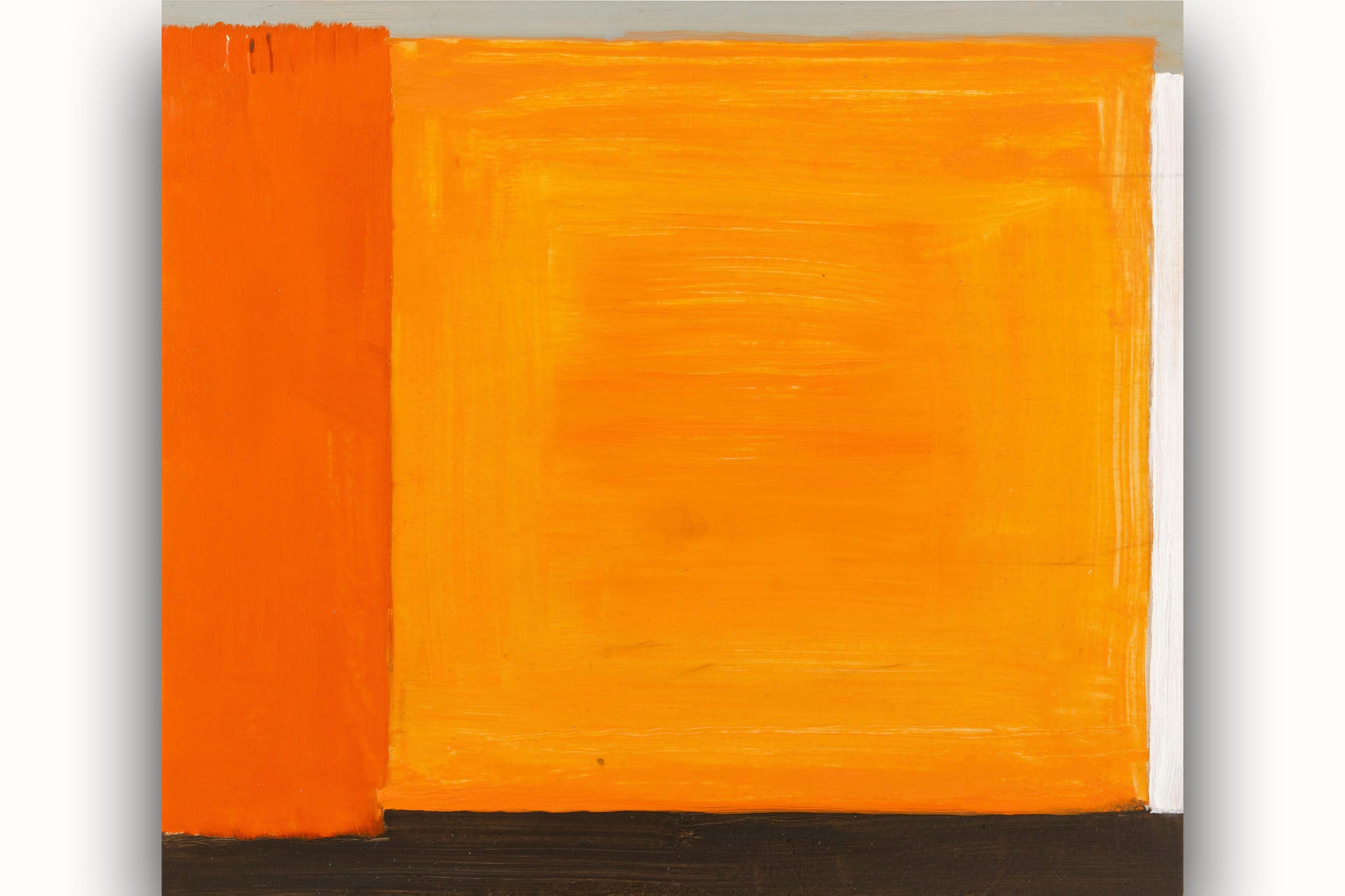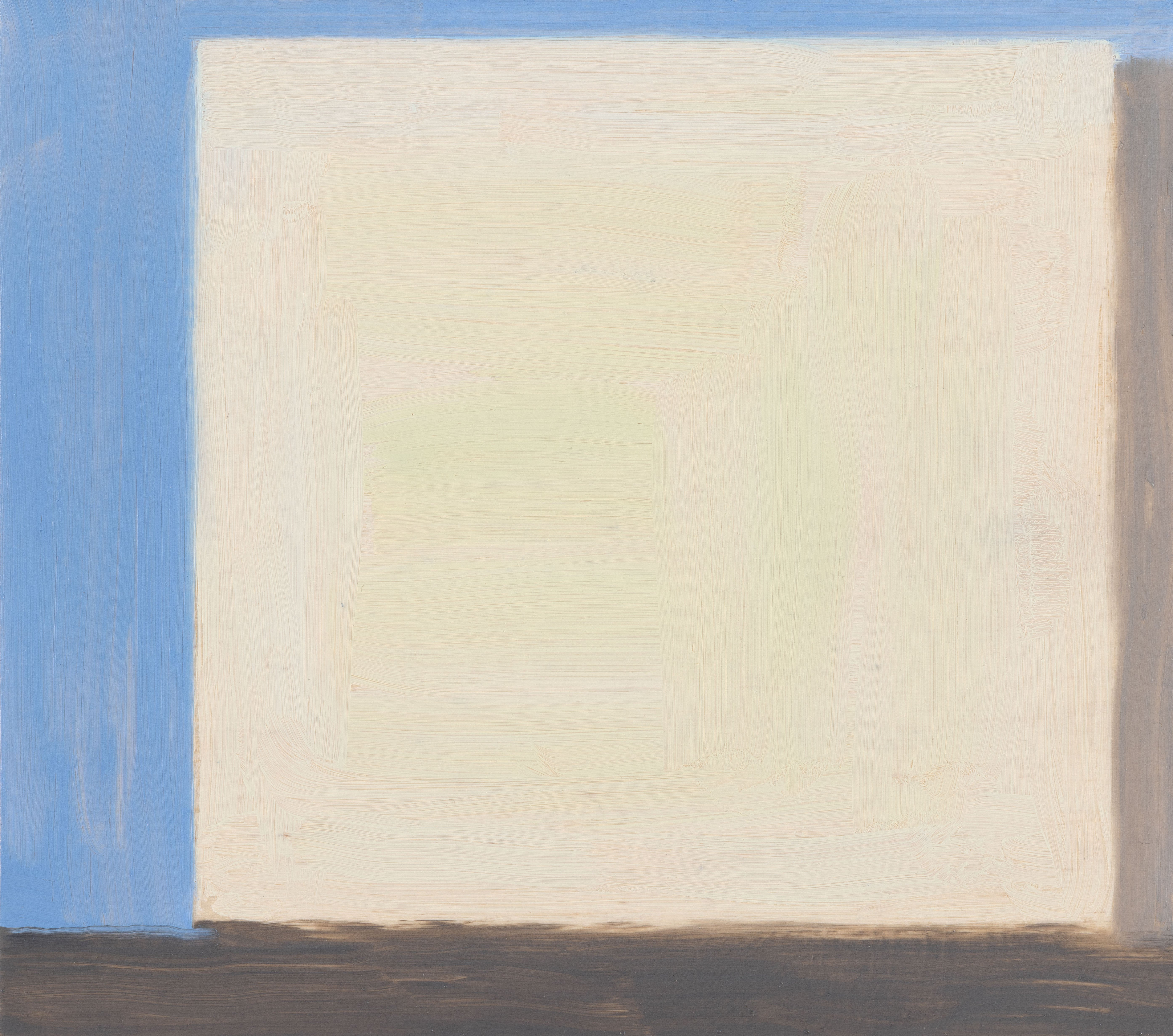Vicken Parsons review: Tiny works of delicacy and seduction from a hidden gem of an artist
No painting is bigger than a foot, but Parsons’ works of luminous colour call to mind the vivid images of Matisse, Mondrian and Howard Hodgkin

Your support helps us to tell the story
From reproductive rights to climate change to Big Tech, The Independent is on the ground when the story is developing. Whether it's investigating the financials of Elon Musk's pro-Trump PAC or producing our latest documentary, 'The A Word', which shines a light on the American women fighting for reproductive rights, we know how important it is to parse out the facts from the messaging.
At such a critical moment in US history, we need reporters on the ground. Your donation allows us to keep sending journalists to speak to both sides of the story.
The Independent is trusted by Americans across the entire political spectrum. And unlike many other quality news outlets, we choose not to lock Americans out of our reporting and analysis with paywalls. We believe quality journalism should be available to everyone, paid for by those who can afford it.
Your support makes all the difference.Vicken Parsons’ paintings are pictorial haikus: small, poetic, abstract and quietly brimming with emotion and colour. The diminutive scale is what defines the tiny pieces, luminous and compelling as candles in a dimly lit cathedral, as they explore memories, space and abstraction. No painting is much bigger than a foot.
Although there are no people in her pictures, they engage beyond their abstractive minimalism on a very human level. They use hard and soft forms, edges and spaces, contained as tiny lozenges of colour, dotted like stars in a galaxy, or, in this instance, the Cristea Roberts gallery in Mayfair.
Smallness became a defining characteristic after Parsons had her first child, as she found it more practical, and the size never changed. Her latest 25 pictures pack a punch through hard-hewn diamond edges alongside blurred soft spaces and shadows.
Parsons’ work has been a quiet secret for many, even though she has been collected by the Tate and the Scottish National Gallery of Modern Art. She gives a nod to the structural purity of Mondrian as well as the seductive colour and satisfying form of Matisse. Or even Howard Hodgkin, the true guru of colour, and a fellow Brit who would take hours just to choose a roll of black cloth from a selection seemingly identical, as, to him, they were all different. He enhanced the importance of colour with the knowingness of a craftsman and the sensibility of a seer. Parsons shares that indefinable alchemy with colour.
These new pictures are quiet and unshowy, like releases of breath, brief but calculated and no less potent or mesmerising for the limitations of their space. The exhibition at her gallery in Mayfair features 25 new paintings, 25 years after her first catalogued show. She investigates the power of space and depth with delicacy and seduction.
These pictures are abstract, but the edges and apertures seem to contain a stain of memory, half-hinted, not over-defined, like dreams that are wakeful, half-remembered. Oddly, even though they are almost the same size, scale within the pictures is varied, despite the very limited space of her canvas. These are experiments in space and time. Limits are explored and these poetic pictures are playful and enticing, as we are forced to see them at different distances in the same way a jewel can be viewed from a box or on an arm or neck, close up or at a distance.
Her pictures have stirred a literary cast of admirers in essays featured in an engaging 300-page monograph. These are her believers, from the psychoanalyst Darian Leader to novelist and artist Edmund de Waal. They are passionate and persuasive in their explorations of her art: its simplicity in aim, its complex, thoughtful execution.

These paintings made me think of other miniaturists, like the New York poet Samuel Menashe, whose work, sometimes involving fewer than 10 words, also has the spiritual and playful feeling of a haiku. His most famous poem is just seven words: “A pot poured out/Fulfils its spout.” Inner rhythms, form and content harmoniously wed, a still pursuit of meditation and meaning; modest and yet memorable.
It seems discourteous to pay tribute to Parsons and then to contrast her with her husband and the father of their three children, Sir Antony Gormley. Separate art studios and separate careers. His art best noted for human male figures, hers for the absence of them. Yin and yang perhaps, but there are also echoes. Although an artist for 40-plus years, Parsons is inevitably mentioned in connection with him. In scale, her works are like dazzling spring flowers to his mighty oaks.
The show is open until the beginning of June. A brief visit will open a door, a small one, into a bigger world.
Cristea Roberts Gallery, until 2 June
Join our commenting forum
Join thought-provoking conversations, follow other Independent readers and see their replies
Comments